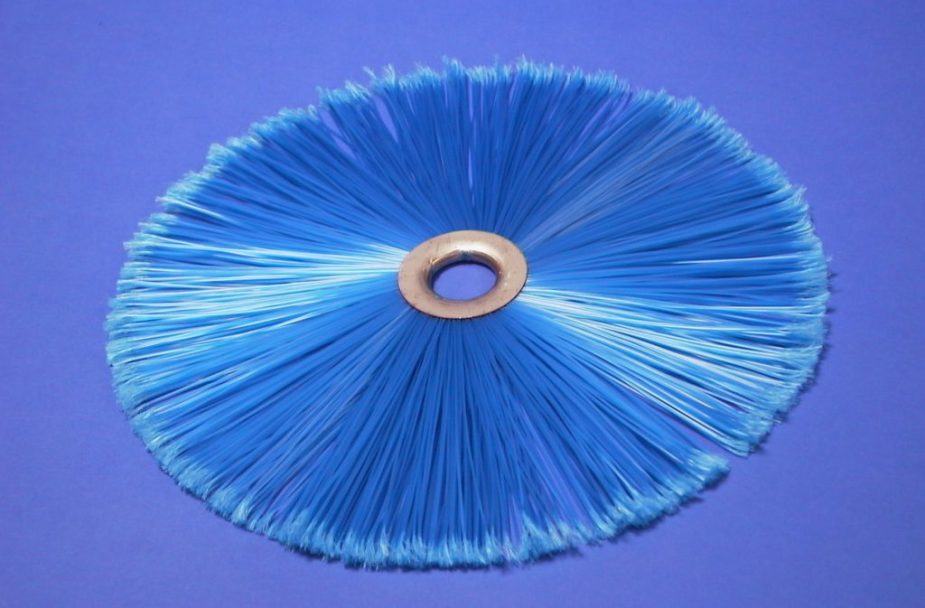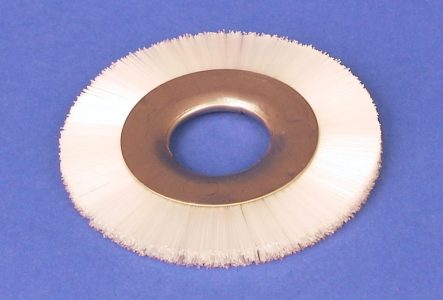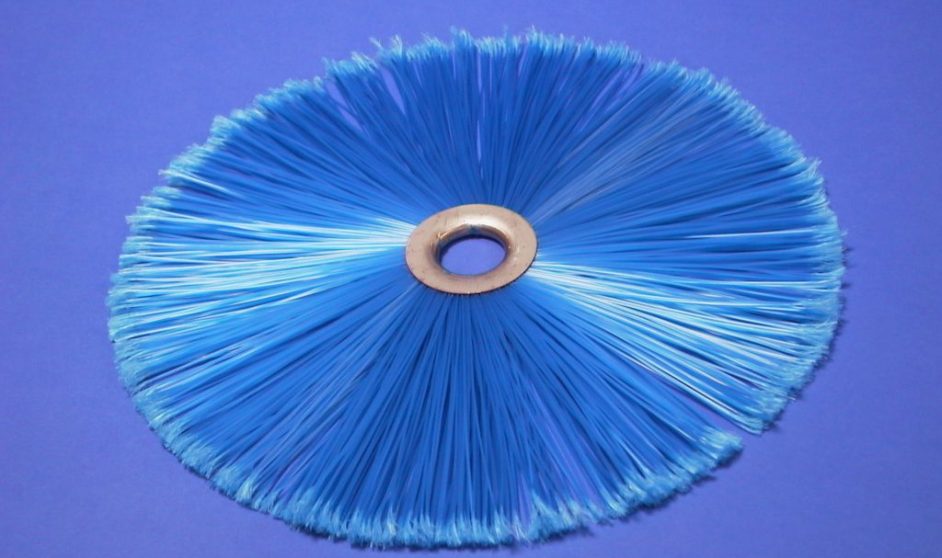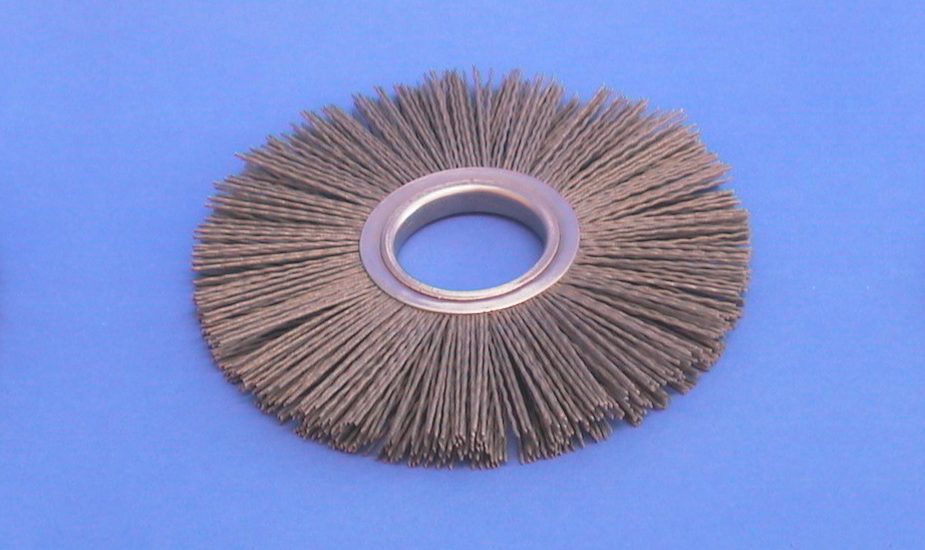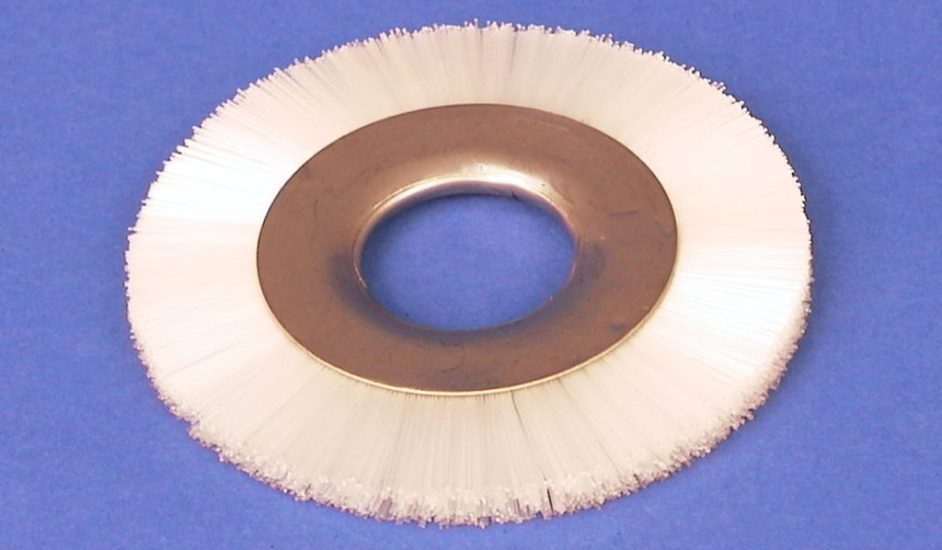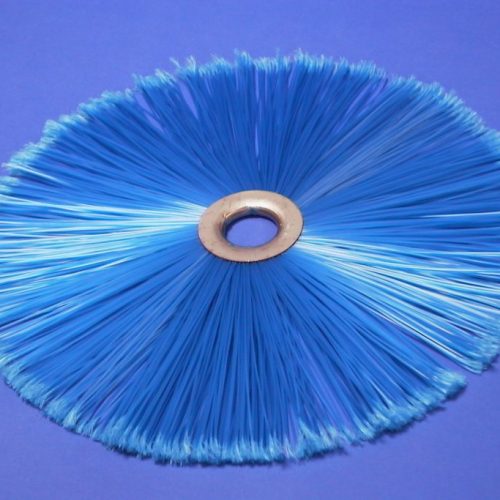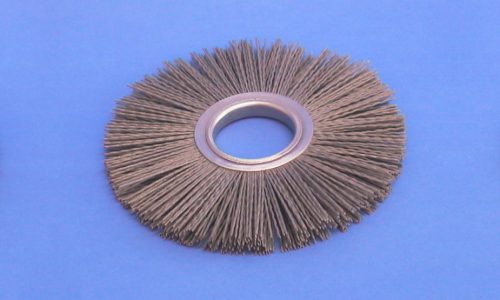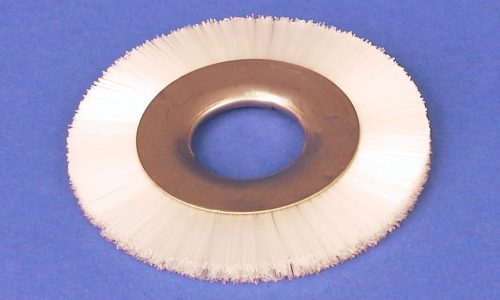Ring brushes
Ring brushes
Generalities
They are brushes made up of filaments arranged around an inner metal ring, and pressed between two ferrules that are also metal (see Figure). The result is a thin disc-shaped brush with a flange and circular hole. The main feature of the rings is modularity. In fact, they can be used individually, but more often they are mounted on a shaft alongside each other to form a roller brush. The density of the roller can be modified by placing suitable spacers between the individual rings. The rings are simple and very light elements, useful when a small diameter and particularly compact roller is required. However, it should be noted that the pressing operation does not allow for tight mechanical tolerances or absolute uniformity of the filament. The dimensional accuracy of the ring is therefore lower than that of a similar punched element.
Ring brushes are used for:
- Thin brushing elements (4-7 mm)
- Small compact rollers
- Rollers where interchangeability of brush elements is required
The outer diameter of the rings is theoretically not limited. However, it must be taken into account that, as the ring has a relatively small metal core, very long filaments tend to bend. In practice, the maximum diameter can be considered to be around 500 mm with very large filaments.
The minimum diameter is a function of the size D3 of the ferrule, which can be seen from the table with reference to the figure. The values of thickness S are indicative.
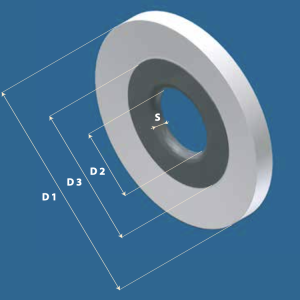
Ring brush dimensions (mm)
| D2 | 10 | 16 | 25 | 28 | 30 |
|---|---|---|---|---|---|
| D3 | 24 | 33 | 50 | 60 | 60 |
| S | 4 | 5 | 6 | 7 | 7 |
| D1 | <100 | <200 | <300 | <400 | <500 |
Videos and images
GALLERY
Do you want to request an offer?
Are you interested in receiving more information and being contacted by one of our specialized operators?
Request your offer now
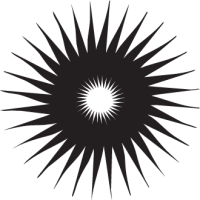
Do you want to request an offer?
Are you interested in receiving more information and being contacted by one of our specialized operators?
Request your offer now
Frequently asked questions
What is the advantage of using a brush instead of another deformable object?
The special feature of the brush is that the working surface consists of millions of individual elements, which are the ends of individual filaments.
This gives the brush an adaptability that no other element, however deformable, can have.
How much must the brush interfere with the workpiece?
It depends on various factors. In a nutshell, it can be said that 2 mm is a good compromise. The important thing is that the brush filaments work ‘on the tip’ and not on the side.
Can a bundle of filament be detached from the brush body?
Depending on the materials used and the dimensions, there is a limiting tensile load that an individual bundle can withstand.
Beyond this limit, the bundle comes off, so the brush must be calculated according to use. This limit can be greatly increased by constructing ‘sewn’ or ‘tied’ brushes by hand, where instead of a single anchoring element, a continuous steel wire is placed.
How much power should I provide to motor a cylindrical brush?
Diagrams that answer this question can be found on page 23 of our catalogue.
Is it possible for a single filament to slip out of the bundle and contaminate the product?
This can only happen if the brush has a manufacturing defect, like any other type of object (e.g. a roller made of silicone flakes, one of which is defective and breaks).
When it is important that no contamination occurs, synthetic (not natural) fibres with a diameter greater than or equal to 0.15 mm should be used.
What softness or hardness of brush can I achieve?
Practically all degrees of hardness are possible, from very soft to very hard. In fact, hardness is a combination of the filament diameter, its free length and the density of the bundles.
Is it possible to have a certified 'food grade' brush?
Of course, we can provide FDA or FOOD GRADE certification and filament traceability.
Is it possible to have an ATEX-certified brush?
Unfortunately not, as it is the machine + brush assembly that needs to be ATEX certified, not the brush alone.
However, it is possible to supply the materials that the certifier requires, e.g. conductive bases, conductive filaments, etc.
Is it possible to 'regenerate' a worn-out brush?
Generally speaking, it is possible, but one has to assess whether it is cost-effective, which is not always the case. In addition, in the case of a punched brush, it is inadvisable to regenerate the brush more than twice, so as not to reduce the tightness of the bundles.

